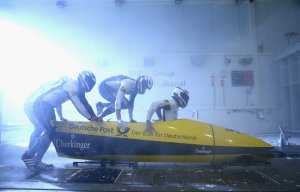
Going for gold with BMW’s backing
The sports equipment used by wheelchair users, such as monoskis and hand bikes, are one-off products that are individually customised to meet the special needs of the athletes and their particular physical disabilities. In recent years, as part of research project, scientists at the Hohenstein Institute have generated huge amounts of data from which they have been able to derive practical ways of optimising sportswear for wheelchair users. Building on the data and comparative data from people who are able to walk, the team led by project manager Anke Klepser has produced guidelines for designing and processing long and short sleeved shirts, winter jackets and trousers.

19th May 2014
Innovation in Textiles
|
Boennigheim
The sports equipment used by wheelchair users, such as monoskis and hand bikes, are one-off products that are individually customised to meet the special needs of the athletes and their particular physical disabilities.
In recent years, as part of research project, scientists at the Hohenstein Institute have generated huge amounts of data from which they have been able to derive practical ways of optimising sportswear for wheelchair users.
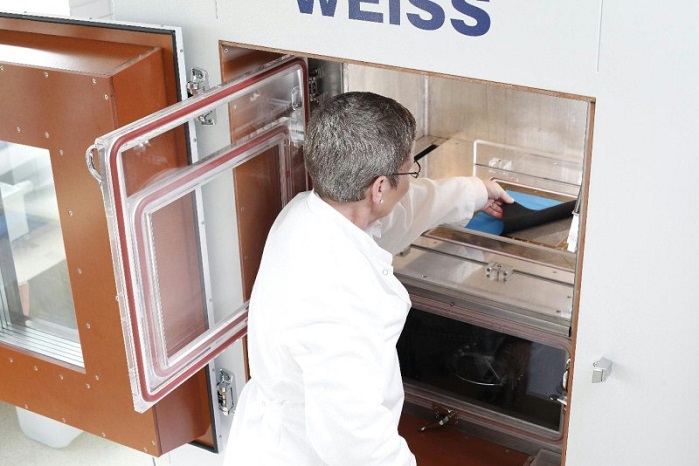
Building on the data and comparative data from people who are able to walk, the team led by project manager Anke Klepser has produced guidelines for designing and processing long and short sleeved shirts, winter jackets and trousers.
The results of their research include studies of body measurements and proportions, movement processes and the posture of wheelchair users engaging in specific sports. Now clothing manufacturers will be able to make use of these studies when developing their products, scientists report.
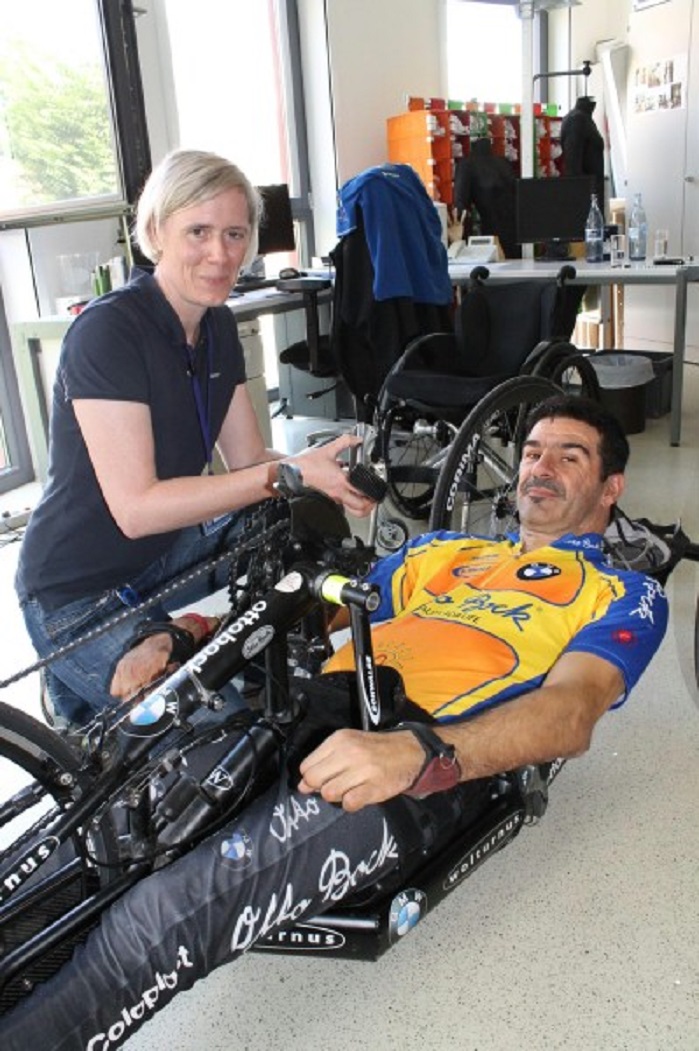
To help with choosing suitable textiles, the researchers also defined some useful material parameters. These particularly take account of the special thermo-physiological needs of sportsmen and women with a physical disability when it comes to transporting heat and sweat.
With the help of the 3D scanner technology that is available today, it was possible for the first time to measure the complete body and create a virtual twin (avatar). With its help, even after the end of the project certain posture specific body measurements, such as of the back, legs or arms, can still be calculated.
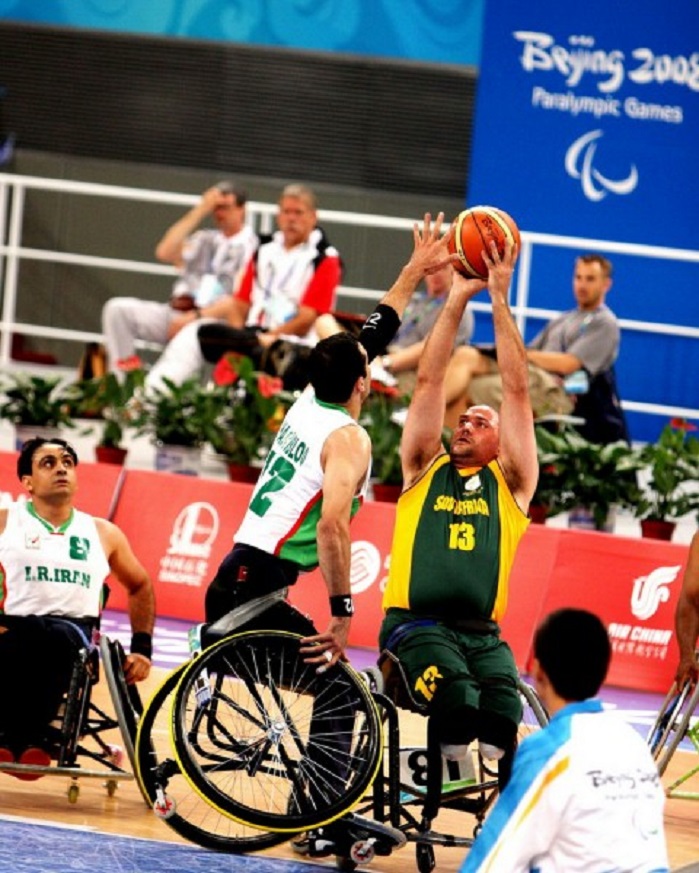
For Anke Klepser, the practical benefits of the project for wheelchair athletes were particularly important: “By choosing these two sports we are covering both indoor and outdoor activities, which mean that our research results can also be adapted for other sports disciplines. Another advantage is that we have looked at two different body postures, with the hand biker who is almost lying down, and the wheelchair basketball player who sits in a more upright position, and this also makes the results more transferable to other sports.”
In the majority of wheelchair athletes, the upper body and arms are very muscular and this must be taken into consideration in the design of shirts and jackets. To ensure a good fit offering a great deal of freedom of movement, the garments therefore have to have specially adapted seam lines.
In addition to the anatomical specifics, as part of their project the researchers also considered those special requirements which arise from the athletes' commitment to their sport.
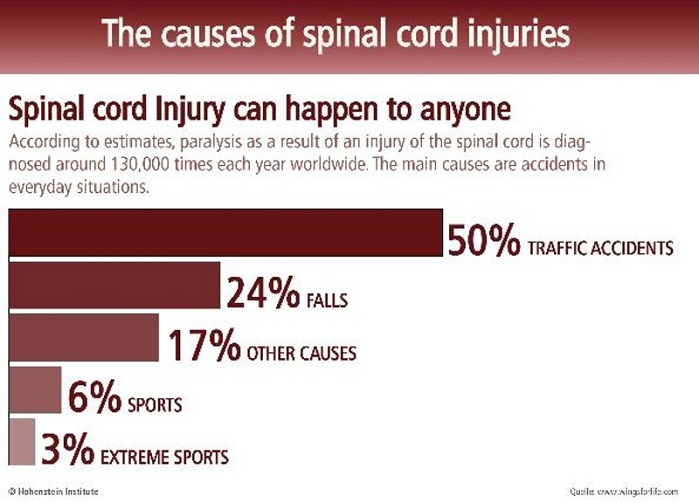
That is why, in addition to the 3D scanner measurements, Anke Klepser also conducted a survey to identify what the volunteers would like to see improved. For instance, the hand bikers said that they would like to see a narrow lower leg trouser width which would offer them better head wind protection.
The scientists also had to consider the specific requirements of disabled athletes in relation to the wicking of body sweat, also known as the moisture management of the clothing, because, due to their position, their back or the back of the thigh is in close contact with the hand bike or wheel chair, sweat can build up very quickly.
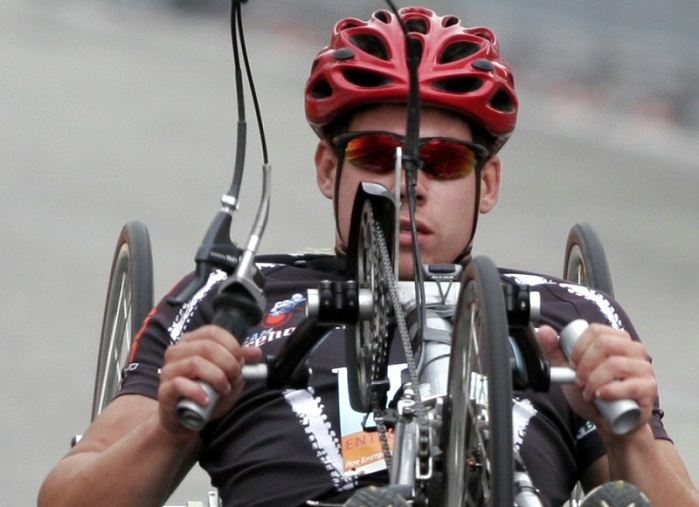
Anke Klepser commented: “The clothing requirements for wheelchair athletes are extremely varied and complex. We are confident that our data and information will form the basis for many optimised products which will make life easier for the athletes and will support them appropriately in their outstanding achievements.”

Business intelligence for the fibre, textiles and apparel industries: technologies, innovations, markets, investments, trade policy, sourcing, strategy...
Find out more